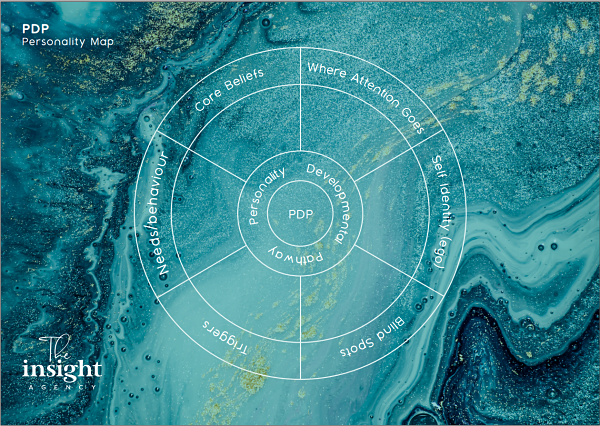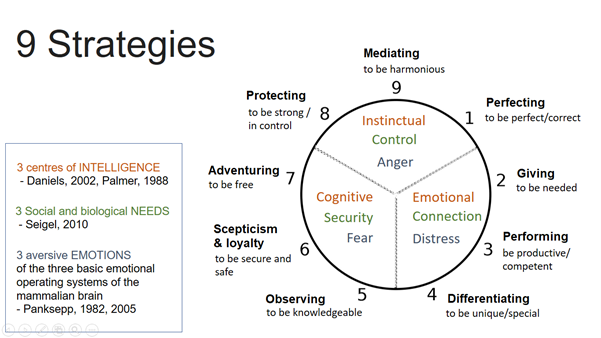The Couple D.N.A. Map - one for each partner
Most couples dont know how their two personalities intersect to create a predictable pattern of reacting, their Dynamics, that are a result of their hardwiring /Neurobiology, AND their unconscious motivations that drive where their Attention in the world goes.
No other couple work combines in-depth personality, knowledge of blindspots and unconscious motivations with research on thriving relationships to deliver tailored relationship maps to help couples deeply understand each other and increase their connection and intimacy.

When I discovered a comprehensive personality framework 17 years ago, I realised I had found a map to make sense of myself and relationships. Finally, not only did my family of origin make sense, so did all the challenges of my past and current relationships. It was so enlightening and empowering.
Daniel Siegel (2010) states there are “scientific underpinnings to our habitual responses” that create a set number of developmental pathways, or patterns of emotion, cognition and behaviour. Research shows we have 3 centres of intelligence, however we each lead with one in particular. This shows that there are three main ways of knowing in the world, which guides where our attention goes – what we notice and what we don’t notice, what we care about and don’t care about, what we need and how we try to get those needs met. When we know our and others’ main “centre of intelligence”, then we can predict our needs and our reactions, and find strategies that work for us both.
3 Centres of Intelligence, 9 Developmental Pathways

Beliefs underpinning the Personality Developmental Pathways (PDPs)
Core beliefs act as an unconscious filter that accept only information that supports the ego’s belief – so we miss certain info that would give us alternative views – these beliefs shape our life. The core beliefs are false – but feel real – until we compassionately explore them …
Cognitive intelligence – seeking security – and wanting to avoid fear
- Observing/ Detached Strategy – The world is intrusive. I have limited time and energy I must protect – so I am independent, self-sufficient, private. FEAR: emotional intrusions.
- Skeptical/Loyal Strategy – The world is unsafe – I must be cautious and wary of people and situations, and loyal to gain trust. FEAR: they can’t cope if blindsided.
- Adventuring Strategy – The world is full of opportunities that need to be taken advantage of – life is to be enjoyed/pain avoided. I feel best when Im interested/ stimulated/ have choice. FEAR: of being trapped/no options.
Emotional intelligence – seeking connection – and wanting to avoid distress
- Giving/Helping Strategy – People will be loved if they give – I must support and help others, minimise and not focus on my own needs, only focus on identifying and meeting others needs. FEAR: not being needed.
- Performing/Achieving Strategy – I must prove my value and worth – I must perform, be successful, competent, productive, recognized, I must be seen at my best, impress others. FEAR: not being of value.
- Differentiating Strategy – I am ‘different’ to others– I like to be unique, special (not ordinary) (to unconsciously draw attention and be loved). FEAR: being abandoned/rejected.
Instinctual Gut intelligence – seeking control – and wanting to avoid anger
- Protecting/Strong Strategy – The powerful take advantage, only the strong survive – so I must be powerful, strong, not weak/ vulnerable, respected. FEAR: being vulnerable/weak.
- Mediating/Go along Strategy – Anger and conflict is frightening and disconnects people – I must be peaceful, calm – blend in, don’t rock the boat, go with the flow. FEAR: conflict.
- Perfecting/Correcting Strategy – People should be good, moral and fair – I must be be above reproach, correct error, have strong morals & principles. FEAR: error they can’t correct/imperfection.



